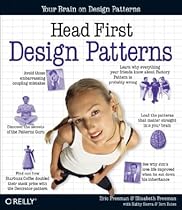Going deeper into unchartered territory
Prior to working, I had been playing with PHP, HTML/CSS, MySQL intensively. Although many people had claimed that building web applications is easy, but it is very challenging to create web applications which brings about great user experience. There are many considerations to make, including the back end processing side of things and the aesthetics side of things. However, I am always in the game because of the many rich resources made possible by fellow players, especially people from Smashing Magazine.


Follow us